“An investment in knowledge pays the best interest” — Benjamin Franklin
On November 24th, IBM is running a free, online Data & AI Conference for India and the Asia Pacific region, covering four tracks:

“An investment in knowledge pays the best interest” — Benjamin Franklin
On November 24th, IBM is running a free, online Data & AI Conference for India and the Asia Pacific region, covering four tracks:
AI designed to be aware of it’s own competence.
Ira Pastor, ideaXme life sciences ambassador interviews Dr. Jiangying Zhou, DARPA program manager in the Defense Sciences Office, USA.
Ira Pastor comments:
On this episode of ideaXme, we meet once more with the U.S. Defense Advanced Research Projects Agency (DARPA), but unlike the past few shows where we been spent time with thought leaders from the Biologic Technology Office (BTO), today we’re going to be focused on the Defense Sciences Office (DSO) which identifies and pursues high-risk, high-payoff research initiatives across a broad spectrum of science and engineering disciplines and transforms them into important, new game-changing technologies for U.S. national security. Current DSO themes include frontiers in math, computation and design, limits of sensing and sensors, complex social systems, and anticipating surprise.
Dr. Jiangying Zhou became a DARPA program manager in the Defense Sciences Office in November 2018, having served as a program manager in the Strategic Technology Office (STO) since January 2018. Her areas of research include machine learning, artificial intelligence, data analytics, and intelligence, surveillance and reconnaissance (ISR) exploitation technologies.
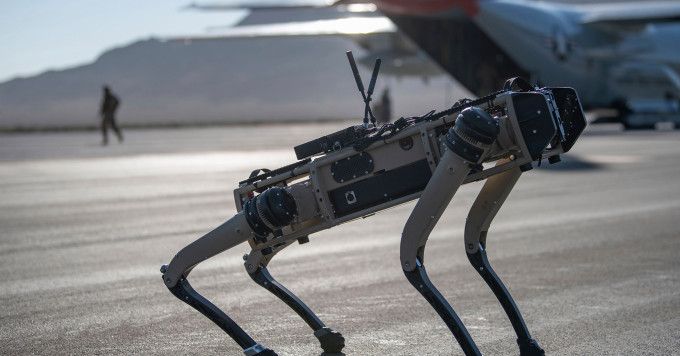
Fido, meet F1d0.
Newly developed robotic K9s will soon be prowling Tyndall Air Force Base in Panama City, Florida, to enhance security and surveillance patrolling, WMBB-TV reported Monday.
The 325th Security Forces Squadron, which handles security for the base, said the robo-dogs are weatherproof, four-legged, unmanned patrolling drones that have two-way communication abilities and high-tech sensors that cost about $100,000 a pop, the outlet reported.
Boston Dynamics getting dumped again. The dog robot was ideal as a replacement for guard dogs, someone else is already filling that void. The Atlas robot no where near ready for market. Probably down hill from here.
A sale to Hyundai could hasten the company’s shift from research to commercialization.

Shantanu Chakrabartty’s laboratory has been working to create sensors that can run on the least amount of energy. His lab has been so successful at building smaller and more efficient sensors, that they’ve run into a roadblock in the form of a fundamental law of physics.
Sometimes, however, when you hit what appears to be an impenetrable roadblock, you just have to turn to quantum physics and tunnel through it. That’s what Chakrabartty and other researchers at the McKelvey School of Engineering at Washington University in St. Louis did.
The development of these self-powered quantum sensors from the lab of Chakrabartty, the Clifford W. Murphy Professor in the Preston M. Green Department of Systems & Electrical Engineering, was published online Oct. 28 in the journal Nature Communications.

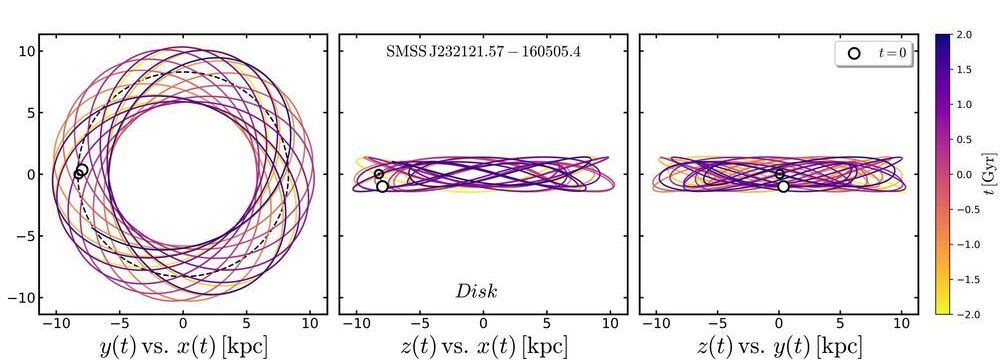
Theories on how the Milky Way formed are set to be rewritten following discoveries about the behavior of some of its oldest stars.
An investigation into the orbits of the Galaxy’s metal-poor stars—assumed to be among the most ancient in existence—has found that some of them travel in previously unpredicted patterns.
“Metal-poor stars—containing less than one-thousandth the amount of iron found in the Sun—are some of the rarest objects in the galaxy,” said Professor Gary Da Costa from Australia’s ARC Center of Excellence in All Sky Astrophysics in 3 Dimensions (ASTRO 3D) and the Australian National University.
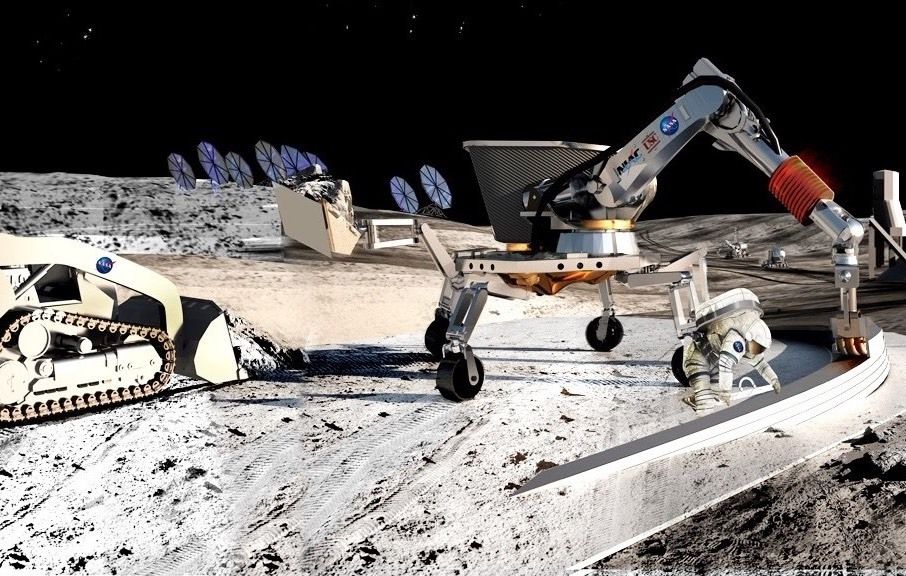
There is some precedent for international treaties regarding the exploration of other worlds, most-notably the Outer Space Treaty of 1976 or the Artemis Accords. But these amount to little more than non-aggression pacts. The COSPAR convention came closer to what is needed by declaring the inherent hazards to science and terrestrial life that go with exploring other worlds. However, at present, such documents merely recommendations to governments and industry. There are no current means for enforcing the guidelines.
Elon Musk, the founder of SpaceX, talks with Commercial Crew astronauts and the current NASA Administrator, Jim Bridenstine. The merger between the public and private sectors of the aerospace industry is seen clearly with the partnership between NASA and SpaceX, as it was the first private company to bring American astronauts to the International Space Station.
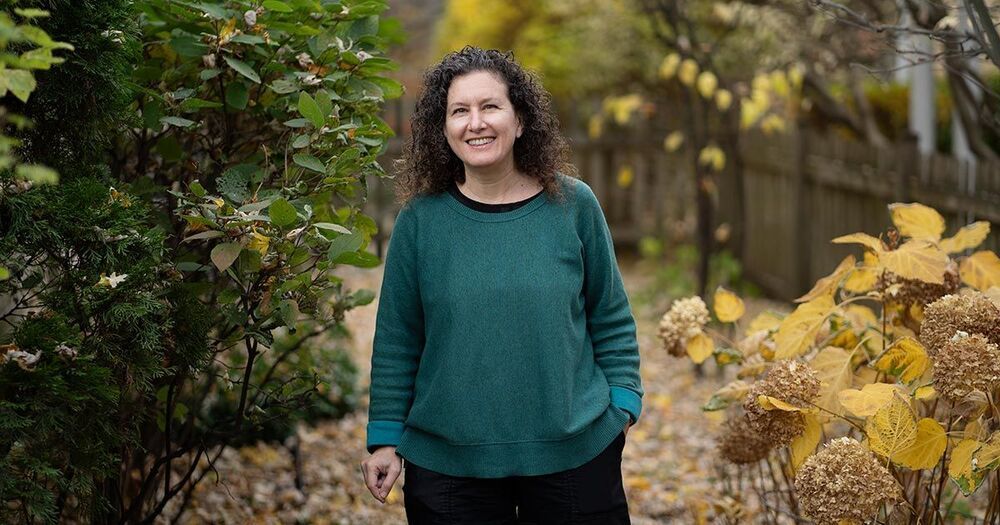
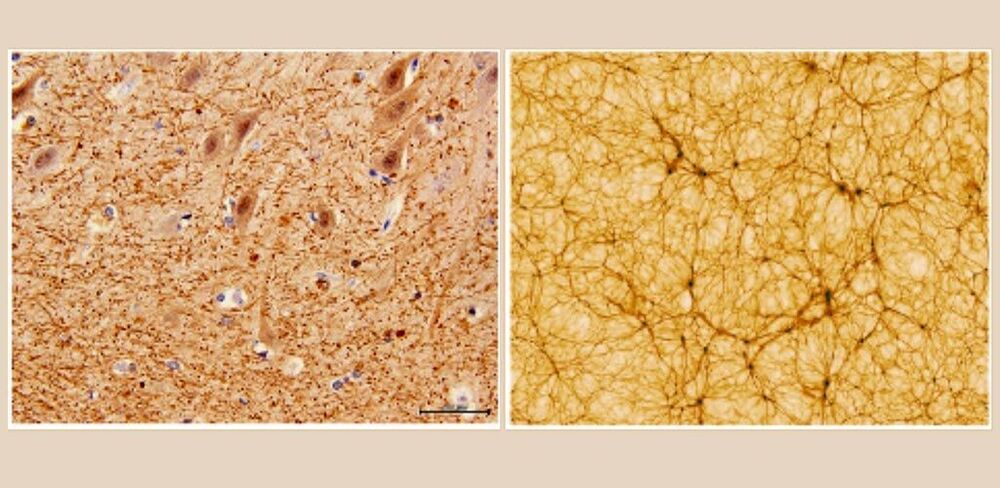
In their paper published in Frontiers of Physics, Franco Vazza (astrophysicist at the University of Bologna) and Alberto Feletti (neurosurgeon at the University of Verona) investigated the similarities between two of the most challenging and complex systems in nature: the cosmic network of galaxies and the network of neuronal cells in the human brain.
Despite the substantial difference in scale between the two networks (more than 27 orders of magnitude), their quantitative analysis, which sits at the crossroads of cosmology and neurosurgery, suggests that diverse physical processes can build structures characterized by similar levels of complexity and self-organization.
The human brain functions thanks to its wide neuronal network that is deemed to contain approximately 69 billion neurons. On the other hand, the observable universe can count upon a cosmic web of at least 100 billion galaxies. Within both systems, only 30% of their masses are composed of galaxies and neurons. Within both systems, galaxies and neurons arrange themselves in long filaments or nodes between the filaments. Finally, within both systems, 70% of the distribution of mass or energy is composed of components playing an apparently passive role: water in the brain and dark energy in the observable Universe.